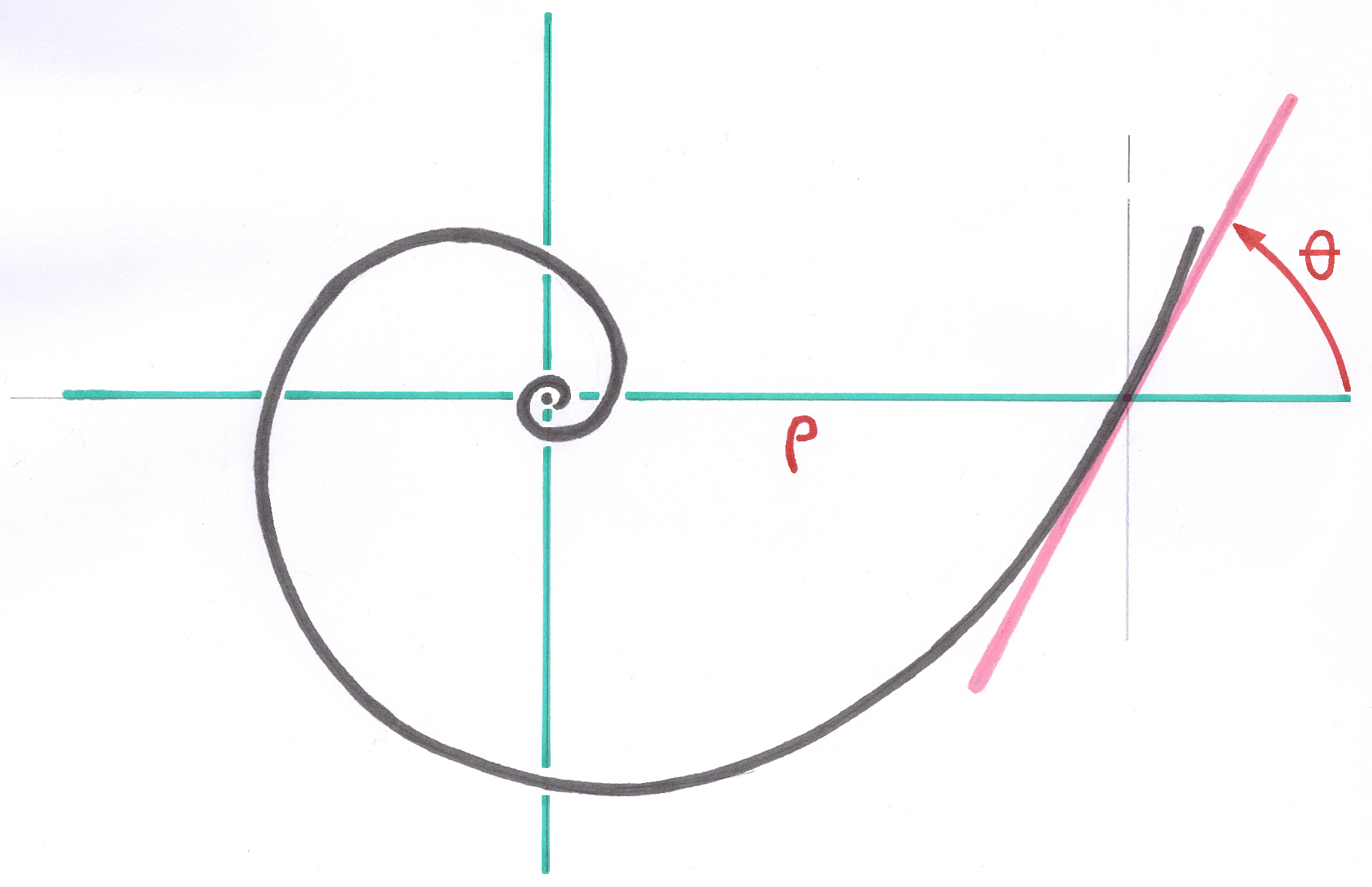4. Procedures specific to femoral stems
4.1. The Calcar-Polynomial-Deckner
4.1.1. Summary
I called Calcar Polynome Deckner the method of mathematical modeling of the curved form which describes entirety the medial contour of a hip prosthesis.
The denomination of polynomial evokes the great formal analogy with the traditional polynomials in mathematics, which is the sum of successive terms and whose basic variable is raised with whole successive powers.
This “Polynomial of Deckner” is an original generalization of the traditional polynomials. Each term is described in an independent vector space.
To describe the shape of a femoral stem, each term takes account of many parameters and the powers applied to the variable browsing the longitudinal axis of the stem are Real numbers with their decimals and are not any more Integral powers.
The form of this polynomial can receive a very great number, about sixty parameters defining independently each detail of the contour of the prosthetic stem.
The exact expression CALCAR POLYNOM DECKNER is a registered international mark, now property of Smith & Nephew Orthopaedics AG.
4.1.2. A global formulation of the medial contour
The Calcar-polynomial means the complete medial contour of the stem, the distal tip to the base of the cone junction with the head.
The relatively simple structure of the Alloclassic stem that I designed and calculated in 1984 did not include yet a certain number of much more advanced improvements intended to provide an answer to light intraoperative and postoperative insufficiencies which I could observe during the years which followed the marketing of my Alloclassic-Zweymüller stems.
In particular, the geometry of the distal tip of the AlloClassic stems, consisted a simple pyramid with rectilinear edges connected to the rectilinear principal edges of the anchoring zone by a short round transition, did not satisfy me any more. I suspected this transition to be responsible for some rare cases of femoral pains towards the distal part of the stem. I was absolutely to develop more progressive transitions.
In certain cases where the AlloClassic stem was also used in reoperation to replace an old cemented stem, the distribution of the constraints on the zones of contact between the stem and the reoperated femur were not solved in a satisfactory way in my eyes.
It was necessary to leave the strictly rectilinear shape of the anchoring edges for better controlling the distribution of the constraints on the bone along the anchoring zone of the stem. The variations were nevertheless to remain of low amplitude.
4.1.3. A new need: not very deep reoperations
Need for creating the stems of reoperation SLR Plus, intended to answer osseous destruction due to the extraction of the preceding prosthesis and cement. The need for obtaining a distribution of the constraints into distal to take more support on a zone of still intact diaphysis, consolidated me in the development of the method of the Calcar Polynomial.
In addition, the form of transition that I created in 1984 for AlloClassic between the diaphysary anchoring zone and the neck, consisted of an arc of hyperbole leading to the base of the cylindrical neck ( patent Deckner, 9.8.2. ), was already a form of progressive transition. This form of transition was rather close to the form of the zone of the calcar of the proximal femur, but did not satisfy any more my design of the formation during the growth of the osseous structures, in natural answer to the dynamic stresses.
4.1.4. A mathematical model truly modular and configurable
To remedy this, in the zone of the calcar itself, I sought a mathematical modeling of trajectory curves according to, as well as possible, the direction of the compressions undergone by the bone in all points.
I called " Calcar-polynom-Deckner " the sum of these functions, because it can be regarded as a rather broad generalization of "Polynomials".
Differently than traditional polynomials, the Calcar-polynomial is constituted by a series of additive terms which the main variable is high with Real powers rather than Integer.
Each term is defined in a not orthonormed reference independent of the reference of the other terms, whose origin undergoes a shift parameterized compared to the principal reference mark, and whose basic vectors have independently parameterized lengths.
4.1.5. The” Calcar Polynom ”
The Calcar Polynom uses approximately 50 parameters taken in the Base of Parameters of the system, governing the whole of the curves and thicknesses along the stem, and all the vectors are controlled to one or more Growth Factors and contains elements of the Results Base.
I point out the successive terms of the Calcar Polynom:
Pyramidal Base Form
+ Calcar Arc Function
+ Fixation Function
+ Separation Function
+ Distal Ogive Function.
The curve obtained by the sum of these terms in principal space has interesting properties. In particular, each exponential curve has its null tangent at its local origin (before addition). The total curve and its derivative are continuous. The basic vectors parallel with the main axis of the stem are selected so that the total function has a “positive” derivative all along the stem.
I emphasize that it is a small voluntary slip of the tongue, because this derivative is positive only in the direction of the progression during implantation.
----
Next: The pyramidal base form
